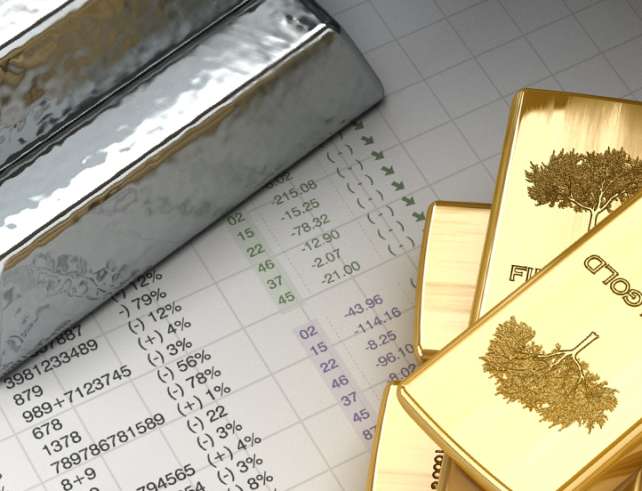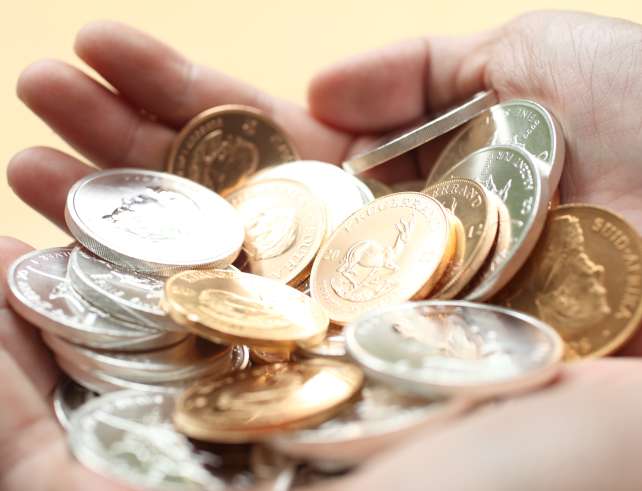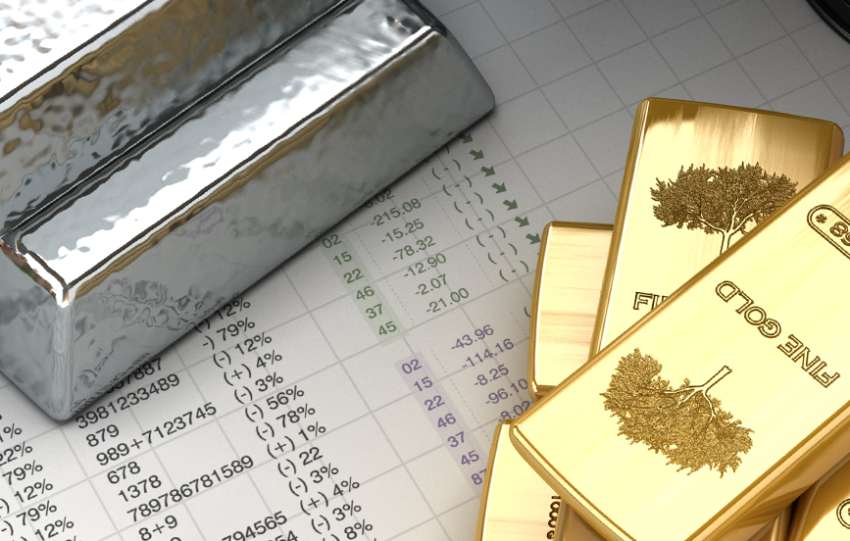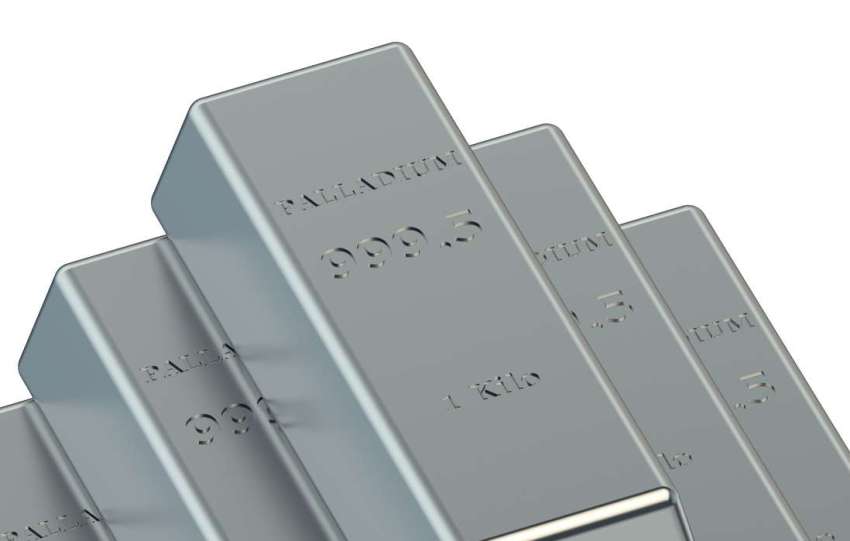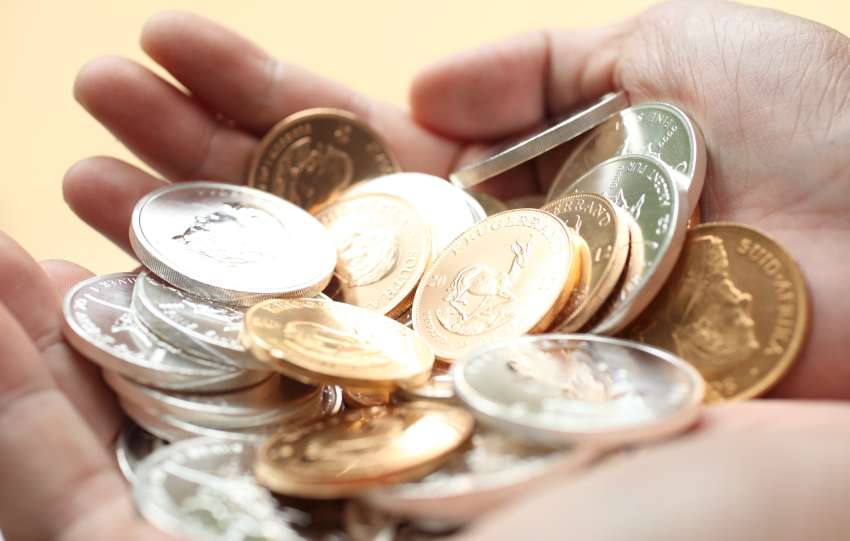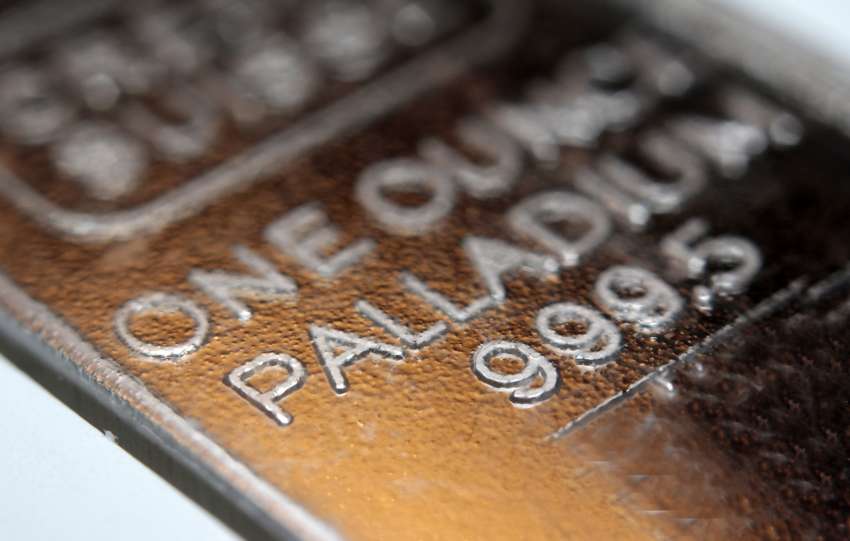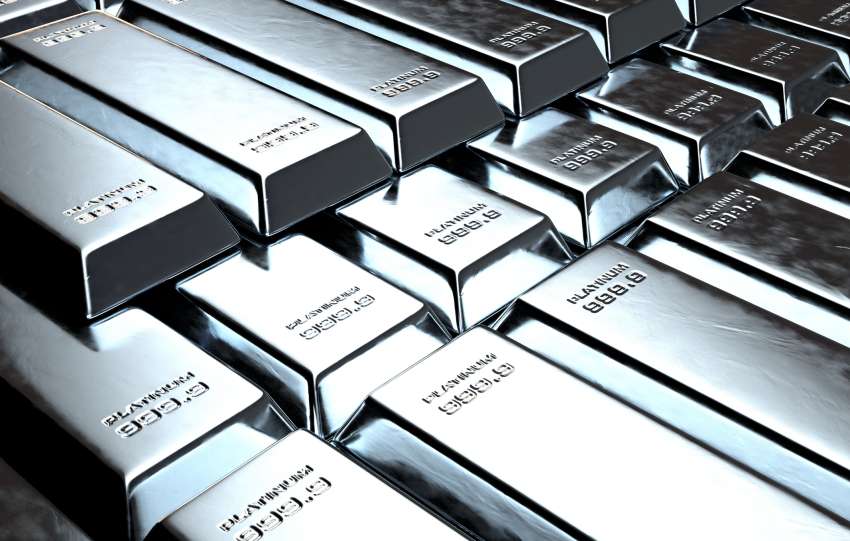Exchange-traded funds (ETFs) are among the most popular products available from stock exchanges. They offer an alternative for investing in everything from oil to livestock. There’s also been an increasing interest in palladium ETFs, but is such an investment right for you?
While palladium may be the newest discovery among the four major precious metals, it became the most valuable by 2019. While there’s no guarantee that this will continue, it opened people’s eyes to the potential return on investment offered by the precious metal.
At Silver Gold Bull, we strive to ensure each of our clients is well-informed. So if you’re considering investing in a palladium ETF to take advantage of the metal’s current performance, there are a few things you should know before diving in.
What Are Palladium ETFs?
Exchange-traded funds are collections of securities that trade similarly to shares of a company. Their purpose is to track specific commodities, sectors, indices or other assets. Palladium ETFs are funds that track the precious metal’s price through targeted industry investing.
The goal of such a fund is to expose investors to palladium without them purchasing physical bullion. Theoretically, these securities should increase in value as the price of the precious metal goes up. Some factors can prevent this from happening, but we’ll discuss that in more detail later.
There are many different assets found in palladium ETFs. These include:
- Shares in mining companies
- Physical bullion
- Futures contracts
- Other industry stocks
These exchange-traded funds have various similarities to other investment types. For instance, mutual funds take the same approach of investing in a basket of assets. Unlike those funds, however, the value of an ETF can actively change throughout the day.
Exchange-traded funds have been around since the 1990s. Their popularity increased, however, thanks to an army of new investors. In 2020, over 10 million people started market investing for the first time. This was also during a time when precious metal demand skyrocketed.
These factors caused major interest in palladium ETFs. Unfortunately, much of this interest came from new investors who didn’t understand the complexities of these securities. By recognizing the difference between these ETFs and bullion, though, you’ll have an advantage on the market.
Exchange-Traded Funds vs. Palladium Bullion
Many of the differences between palladium ETFs and bullion are easy to notice. For instance, one is a physical commodity while the other is a “paper” investment. Of course, many exchange-traded funds buy palladium bullion bars to store for their investors. In effect, you’re still investing in physical bullion.
Unfortunately, investing in and owning palladium are two separate things. With an ETF, you never really own a precious metal even if you’re invested in it. This creates a variety of issues you wouldn’t experience with bullion. Consider the following problems you may encounter:
- Inability to sell: When the market is closed, you can’t buy or sell palladium ETFs. This isn’t an issue with physical bullion. There are a variety of platforms — both in-person and online — where you can sell physical bullion whenever the mood strikes you.
- No bullion on-hand: Many people invest in precious metals because they want bullion on-hand. This could relate to worries of government interference, collapsing markets, and even fiat currency failure. Unfortunately, ETFs do not offer a physical commodity.
- External factors: While palladium ETFs should track the precious metal’s value in theory, this isn’t always how it works. External factors such as overall market performance and executive decisions can cause ETF prices to drop even as precious metal values rise.
Each of these issues shows that bullion has advantages over exchange-traded funds. Of course, ETFs do offer certain benefits. The biggest draw for people is the price. For instance, physical palladium traded at $1,922 in September 2021. A share of the PALL fund was under $200 during that time.
When buying palladium coins, however, this becomes less of an issue. That’s because various sizes of these coins exist. You don’t have to buy a full ounce at once. This means you can get the benefits of physical bullion without paying prices that may be prohibitive.
You can even find palladium bars as small as 1 gram!
Best Palladium ETFs
There are a variety of benefits for choosing physical bullion over exchange-traded funds. Of course, this doesn’t mean that an ETF should never be part of your investment plan. Maybe you want to diversify a bit, or maybe your storage needs have exceeded capacity.
Regardless of the reason, some people still choose to invest in palladium ETFs. If you fall into this category, it’s important to research before putting in your money. The following list features the most popular options available, but make sure you do your homework prior to choosing one.
- Physical Palladium Shares ETF (PALL)
- Sprott Physical Platinum and Palladium Trust (SPPP)
- Physical Precious Metals Basket Shares (GLTR)
Unfortunately, there isn’t a massive array of palladium ETFs to choose from. This is particularly the case when compared to other precious metal exchange funds. The simple fact is that gold and silver — even when valued less than palladium — remain more popular investment options.
The biggest issue with having fewer choices is that you essentially have to take what you can get. If the three major funds are not performing well, riding another ETF into profits may not be an option. And if you’re still thinking of investing in these securities, a lack of options is far from the only disadvantage.
Potential Disadvantages of Palladium ETFs
Fewer ETF options and the heightened benefits of physical bullion often convince people to avoid palladium ETFs. Of course, there’s no denying that investing in such a security can be profitable. When a precious metal performs well, related exchange-traded funds typically do too.
Unfortunately, there are disadvantages related to ETFs that have nothing to do with their underlying asset. Whether a fund tracks the price of precious metals or the value of wheat, you’ll run into various issues that could make you regret your decision.
The following are just a few of those drawbacks.
- Fees: When you buy a bullion bar or even a single stock, that’s essentially the end of the story. You own it outright. With exchange-traded funds, however, you have to pay a management fee. Even if the value of an ETF is on the rise, you’ll lose money to these fees.
- Lower dividends: While you can profit from dividends on palladium ETFs, these are typically lower than those seen on individual stocks. This is due to lowered risk, but putting money into a specific stock often proves more profitable.
- Less diversification: While we often saw ETFs as a vehicle for diversification, some sectors are limited to large-cap stocks. This isn’t an issue with palladium ETFs, but most of them only invest in physical bullion. This means you’ll deal with the disadvantages of an ETF with none of the benefits of physical palladium.
- Liquidity issues: ETFs can sometimes have low liquidity — especially when you consider the size of your investment. You’ll need to research any potential fund, and if it has a low volume, it will usually be more difficult to sell.
Reinvested dividends, reduced capital gains taxes and the ability to trade like a stock all draw people to exchange-traded funds. Unfortunately, the dangers of such an investment vehicle cannot go overlooked.
If you’re hoping to invest in the precious metal without buying a palladium ETF, though, you have far more options than you realize.
Palladium Exchange-Traded Fund Alternatives
While physical bullion is certainly the preferred way to buy palladium, there are other “paper” options besides ETFs. We already discussed how you can see larger profits from individual stocks, but we didn’t go over which stocks you might benefit from.
The following list isn’t an endorsement of any specific company. It features some of the most popular palladium stocks, though, and offers an opportunity to diversify your holdings. Since market conditions can change suddenly, make sure you do your research on these options.
- Ivanhoe Mines (IVPAF)
- Sibanye Stillwater (SBSW)
- Anglo American Platinum (ANGPY)
- New Age Metals (NMTLF)
- Platinum Group Metals (PLG)
- A-Mark Precious Metals (AMRK)
Unfortunately, these stocks can create many of the same disadvantages of palladium ETFs. Corporate decisions, interruptions in supply and various other factors can hurt your investment. This doesn’t mean palladium stocks are a bad idea, but make sure you diversify.
You can do this by owning physical bullion along with your stocks and securities. No matter what you’re investing in, diversification is the name of the game.
Invest in Palladium Bullion Today!
Palladium has offered great returns for investors in previous years. Judging from continued demand and growing need in the auto industry, it’s very possible that this trend will continue into the future. If you want to take advantage of this, though, ETFs may not be the best choice.
Of course, everyone has different investment needs. You’ll need to consider your specific financial goals before deciding what’s right for you. But if you have the capability of storing bullion — even through a precious metals storage facility — the benefits of palladium ETFs become negligible.
Once you decide palladium bullion is right for you, check out our impressive selection at Silver Gold Bull. On top of offering physical precious metals, our Best Price Guarantee means you’ll always get the most value for your purchase. Visit our Palladium Bullion Products page today and peruse our selection.


